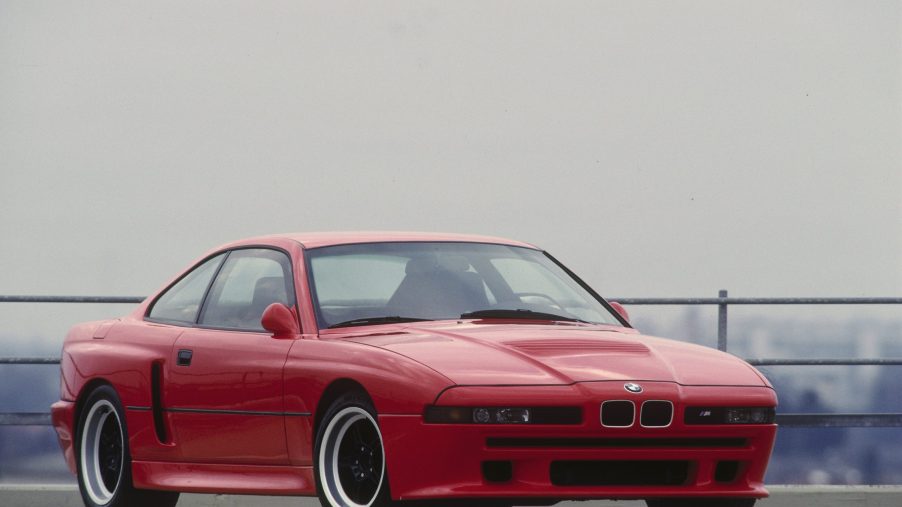
5 BMW M Cars Seldom Seen in Person
BMW’s M Division was originally created for the company’s racing ambitions. M stands for “motorsport,” after all. In the 1960s and 1970s, they enjoyed a lot of success on the race tracks of the world. This led to the motorsport division being asked to produce some specially modified road cars.
Traditionally, M models would get a significant number of modifications that would up the performance and set them apart from the normal BMW model range. Modified engines, transmissions, suspension, interior trim, and aerodynamics helped bring race track capability to a normal BMW road car.
Today there are 24 cars in BMW’s model range with an M Performance variant or as a bespoke M car. That is a lot, perhaps too many, but that debate is for another day. Chances are you come across these cars on a daily basis, but what we’re interested in now are the M cars that you probably don’t know and don’t see on the streets.
Here are 5 BMW M cars that you’ve probably never seen.
The E30 BMW M3 Convertible
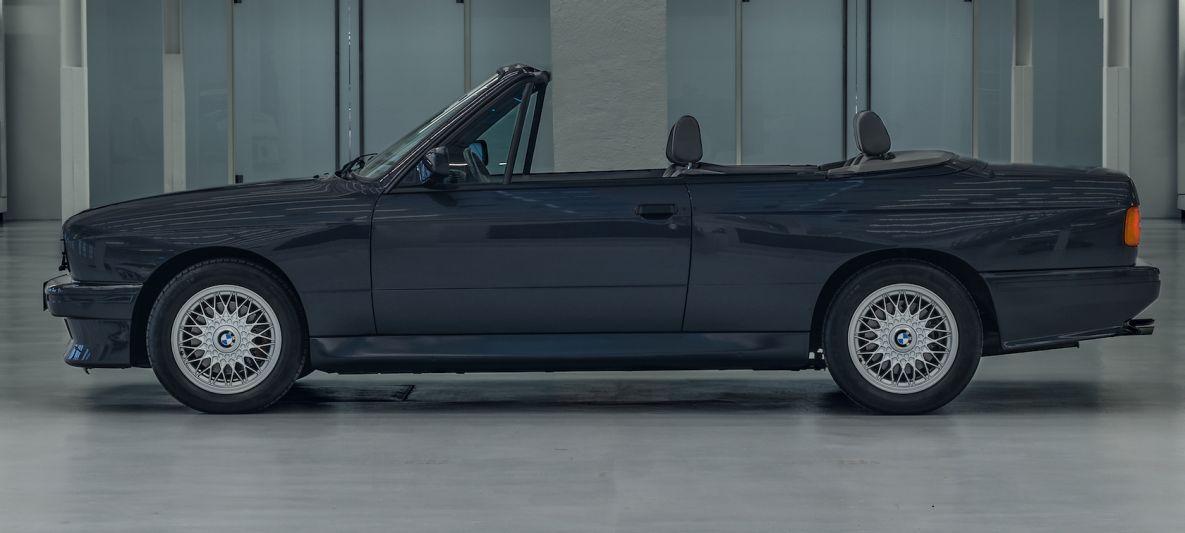
Yes, I know including the E30 M3 on a list of “M Cars” is cliche and overdone, but bear with me on this for a minute. You will no doubt have heard of the special editions like the “Johnny Cecotto” and the Sport Evo II, but did you know that BMW made a convertible E30 M3?
In 1988 BMW launched the E30 M3 convertible. Powered by the same 215 horsepower four-cylinder as the coupe, everything was identical with the exception of the drop-top. With the wide-body flares, the beefed-up suspension, the convertible was a true M3, just with no roof. There are only 786 M3 convertibles, making them one of the rarest M cars built.
The E46 BMW M3 GTR
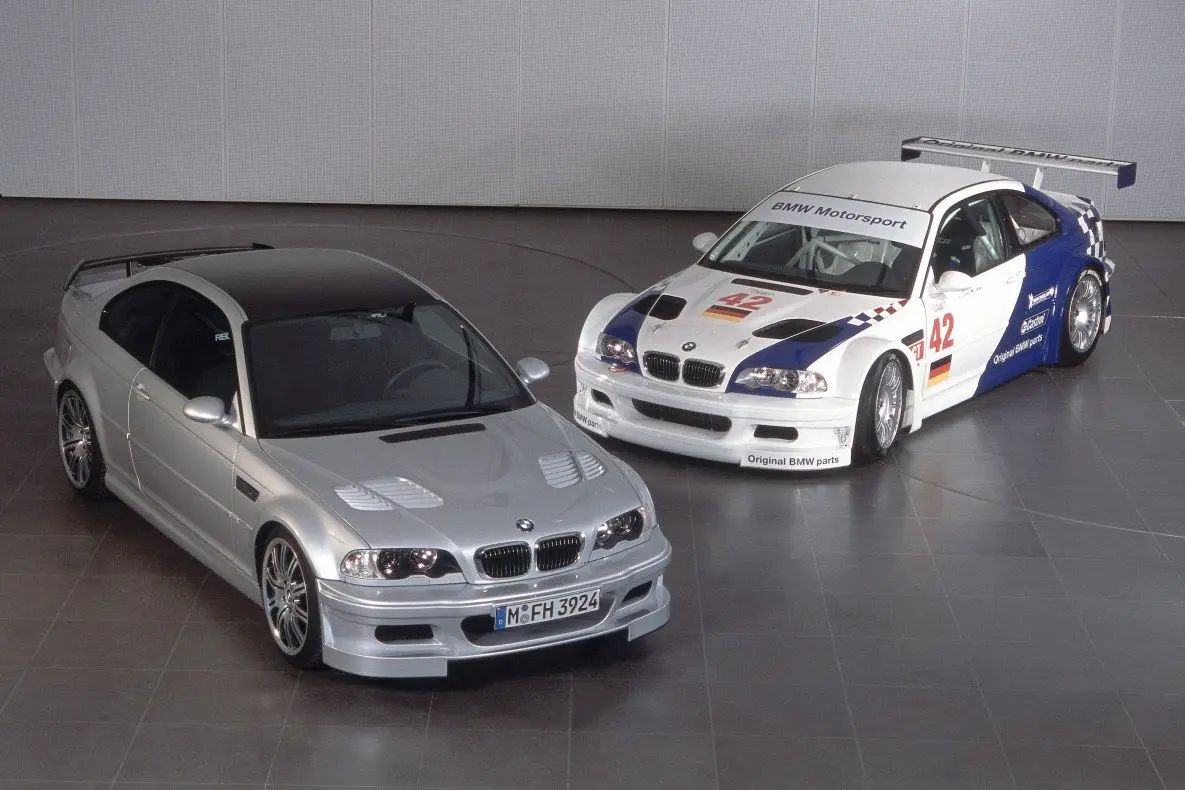
If you grew up playing Need For Speed and Gran Turismo, you are probably well aware of the E46 M3 GTR.
This car isn’t a thinly disguised race car, it just is one. The fact that you could drive it on the road was only possible thanks to motorsports and the need to keep governing bodies happy.
There are 10 road-going GTRs and all are powered by a V8 that churns out 380 horsepower. A racing transmission sent the power to the rear wheels and gave the carbon-fiber bodied car ferocious performance. Racing suspension, racing brakes and adjustable aerodynamics came together to make this one of the most extreme M cars ever built.
The E90 BMW M3 CRT
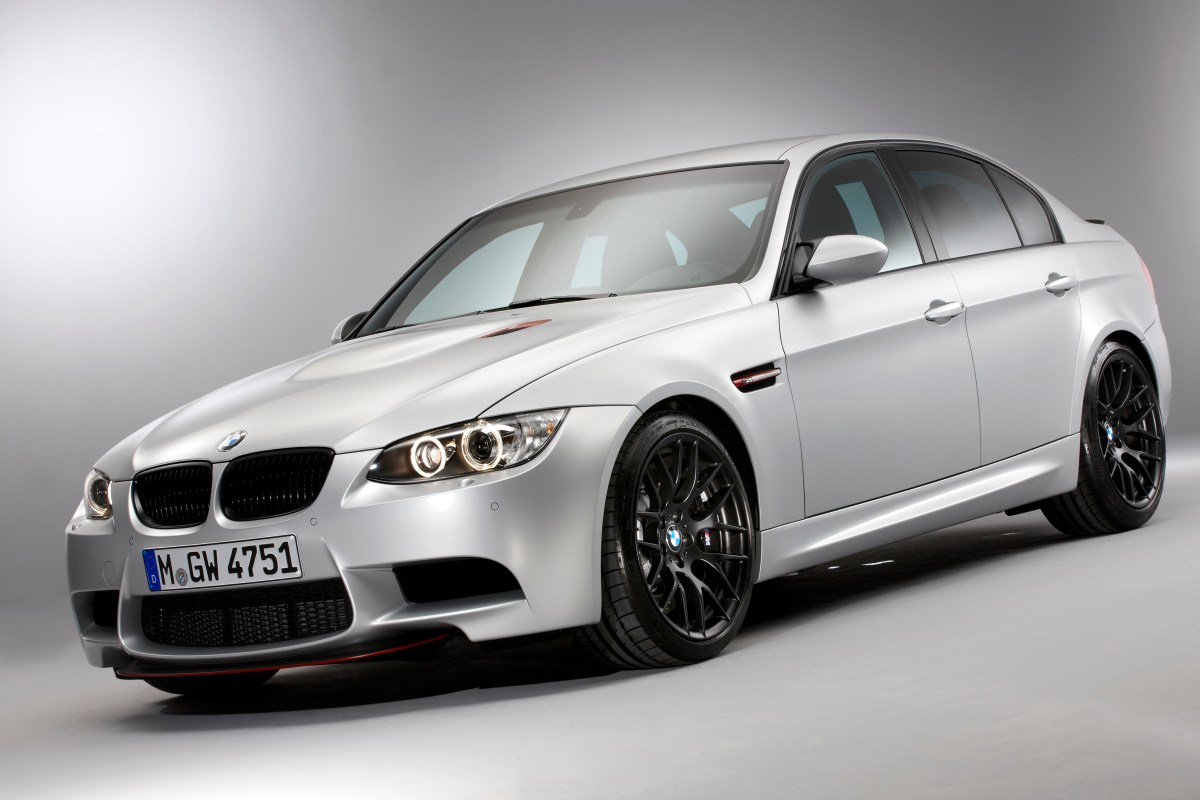
In 2012 BMW decided that the M4 GTS Coupe needed a sibling. They came up with the four-door M3 CRT Lightweight Sedan. CRT stands for carbon racing technologies, and the M3 used plenty. It shaved 150 pounds from the standard M3 sedan and when fitted with the GTS’ uprated 450 horsepower 4.4 liter V8, turned the M3 sedan from a very fast road car into an absolute screamer.
Just 67 of these cars got built and offered buyers an opportunity to have an entire family fit inside a track-day car.
The E61 BMW M5 Touring
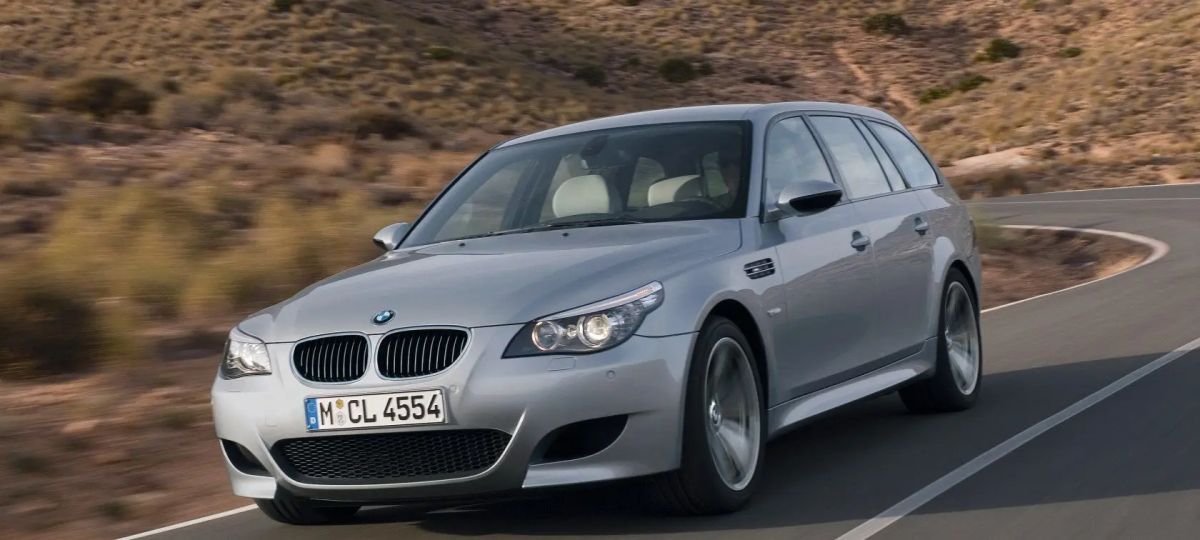
A station wagon with a 5.0 liter V10 that produces 507 horsepower and revs to 8,250 rpm. 0-60 mph in 4.8 seconds and an electronically limited top speed of 190 mph. What else is there to say?
Only 1,025 E61 M5 Touring cars exist, and all of them sound like a Formula 1 car, which is very cool from a station wagon.
The E31 BMW M8
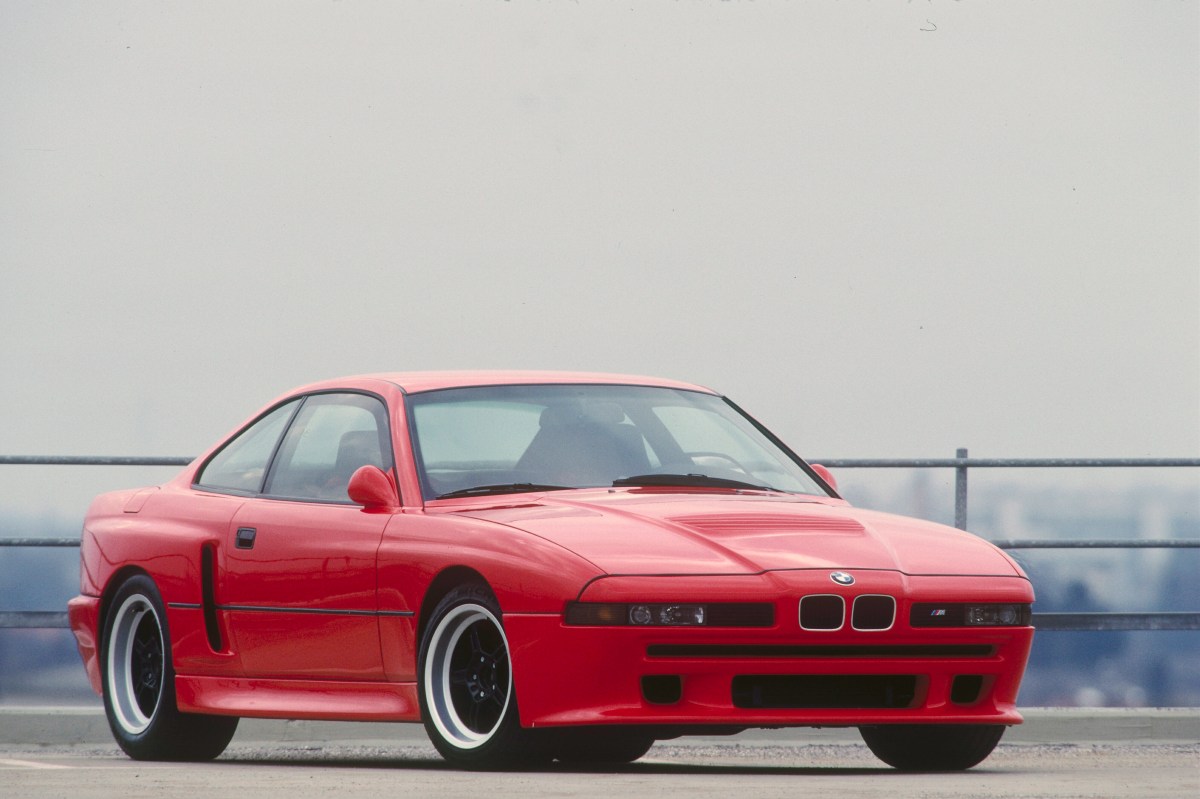
There is only one E31 M8, the prototype, in existence. That makes it the rarest M car ever made and guarantees that you will not have seen it unless you visited BMW’s museum.
The M8 shares almost nothing with the standard E31 coupe. Everything was modified to accommodate the monster that lives under the hood. The pop-up headlights are gone, a B-pillar was added for strength, and the wide-body look is there to help keep the car on the road.
The thermonuclear bomb that powers the M8 comes in the form of a 6.1 liter V12 with somewhere in the neighborhood of 640 horsepower. This engine would become the basis of the powerplant that the McLaren F1 would use a few years later.
BMW never put this car into production, but they still maintain it in running and driving condition.
All M cars are special, but some are a bit more special. M Division’s cars have always tried to bring race track performance to BMW’s street cars. They offer thrills and a driving experience unlike anything on offer from AMG or Audi’s RS division. Hopefully, more will come, and the models that debut next won’t be as rare as these examples.


